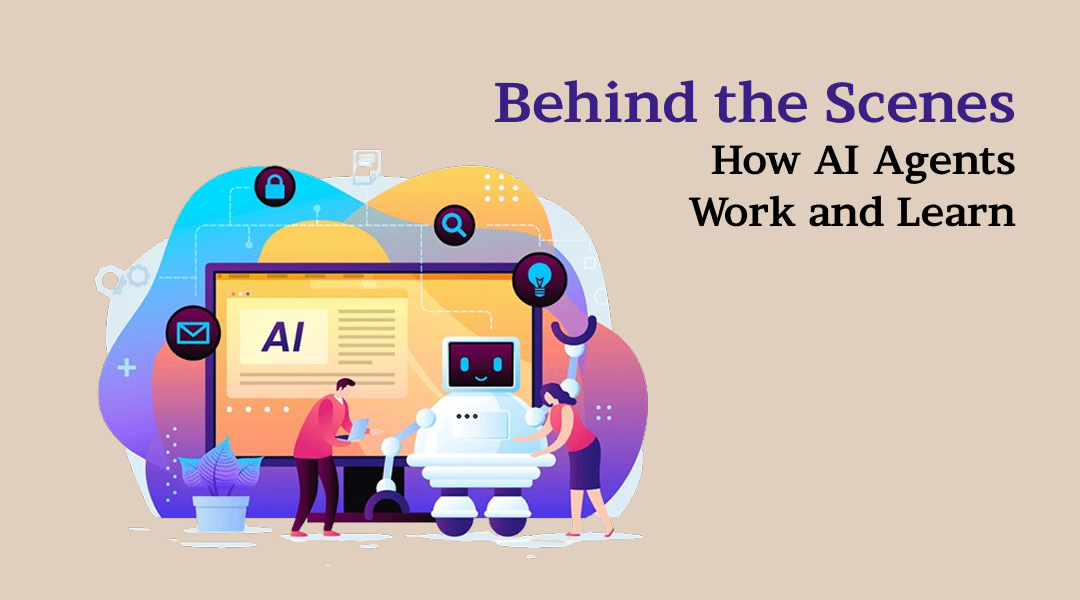From Arcades to Algorithms: The Evolution of Digital Gaming Platforms

Digital gaming has transformed from a niche hobby into a global cultural phenomenon. What started with pixelated arcade cabinets and simple handheld consoles has evolved into a complex ecosystem of cloud-based platforms, mobile apps, and immersive multiplayer worlds. The journey of digital gaming platforms reflects not only advances in technology but also changes in human interaction, entertainment, and commerce. In 2025, digital gaming is not just about playing it’s about connecting, creating, and thriving in virtual spaces.
The Early Years of Gaming Platforms
The roots of digital gaming platforms can be traced back to arcade halls in the 1970s and 1980s. Titles like Pac-Man and Space Invaders introduced millions to the thrill of interactive entertainment. These machines, though simple by today’s standards, established the foundation for competitive gaming and community engagement.
The 1990s brought the rise of home consoles, with brands like Nintendo, Sega, and Sony pioneering household gaming. This era introduced gaming as a mainstream pastime. While the games themselves were advancing in graphics and storytelling, platforms remained largely physical, with cartridges and discs serving as gateways to entertainment.
The Shift to Online Gaming
The late 1990s and early 2000s marked a turning point as consoles and PCs became internet-enabled. Platforms like Xbox Live and PlayStation Network introduced the idea of online multiplayer, where players from different parts of the world could connect instantly. This was not just a technical leap it reshaped gaming culture by turning solitary play into social experiences.
MMORPGs like World of Warcraft highlighted the power of persistent online worlds, where communities thrived and digital economies flourished. This marked the beginning of gaming platforms as expansive ecosystems rather than isolated machines.
Mobile Gaming and Accessibility
The introduction of smartphones revolutionized accessibility. With app stores, millions of users could download and play games instantly, without the need for dedicated hardware. Casual gaming exploded, with titles like Angry Birds and Candy Crush Saga demonstrating the global appeal of quick, accessible entertainment.
Mobile platforms democratized gaming, making it available to audiences who had never owned a console. They also established new monetization models, from free-to-play structures to in-app purchases, which have since shaped the broader industry.
The Rise of Streaming and Cloud Gaming
Streaming services transformed the way games are accessed and played. Platforms like Google Stadia, Xbox Cloud Gaming, and NVIDIA GeForce Now demonstrated that games could be streamed directly to devices, bypassing the need for powerful local hardware. This shift reflected a broader trend toward subscription-based entertainment, similar to how Netflix and Spotify reshaped media consumption.
Cloud gaming platforms promise inclusivity, allowing players with modest hardware to enjoy high-end titles. They also hint at a future where physical ownership of games becomes less relevant, as access and connectivity take priority.
Integration of AI and Personalization
In 2025, artificial intelligence plays a central role in the evolution of gaming platforms. AI curates game recommendations, tailors difficulty levels, and even powers NPC behavior to make worlds more immersive. Personalized dashboards ensure that players are presented with content that matches their tastes, whether that’s competitive shooters, strategy games, or role-playing adventures.
AI also contributes to moderation and safety within platforms, analyzing chats and interactions to detect harmful behavior and create healthier online spaces.
Social and Community Aspects
Gaming platforms are no longer just tools for play they are social hubs. Players use them to connect with friends, join communities, and participate in global tournaments. Streaming platforms like Twitch and YouTube Gaming integrate directly with gaming ecosystems, turning players into influencers and fostering the growth of esports.
Digital gaming platforms have become as much about communication as gameplay, hosting voice chats, live streams, and social groups. This evolution highlights the merging of entertainment and social networking.
Spotlight: Lucky7even Casino
The evolution of gaming platforms is also evident in the rise of hybrid spaces that blend different forms of entertainment. Lucky7even casino represents this trend by combining traditional casino games with modern digital innovations. By offering a seamless online experience that merges gaming, betting, and community interaction, it illustrates how platforms adapt to changing consumer preferences. Its secure systems, mobile-first design, and integration of cutting-edge features reflect the broader direction of digital gaming.
The Future of Digital Gaming Platforms
Looking forward, technologies like augmented reality and virtual reality promise to redefine immersion. Players will step into fully interactive worlds where gaming blends with everyday life. Blockchain is also making inroads, with decentralized ownership of in-game assets enabling players to trade and monetize their virtual experiences.
Cross-platform integration will continue to break down barriers, allowing users to transition seamlessly between devices. As gaming expands into the metaverse, digital platforms will become not just spaces for play, but hubs for education, commerce, and creativity.
Conclusion
The evolution of digital gaming platforms tells a story of innovation, adaptation, and cultural change. From the simplicity of arcade machines to the sophistication of AI-driven, cloud-based ecosystems, gaming has grown into one of the world’s most influential industries. Platforms like Lucky7even casino showcase how adaptability and user-centric design can thrive in this dynamic environment. As technology continues to advance, digital gaming platforms will remain at the forefront of entertainment, shaping not only how we play, but how we connect with one another.






